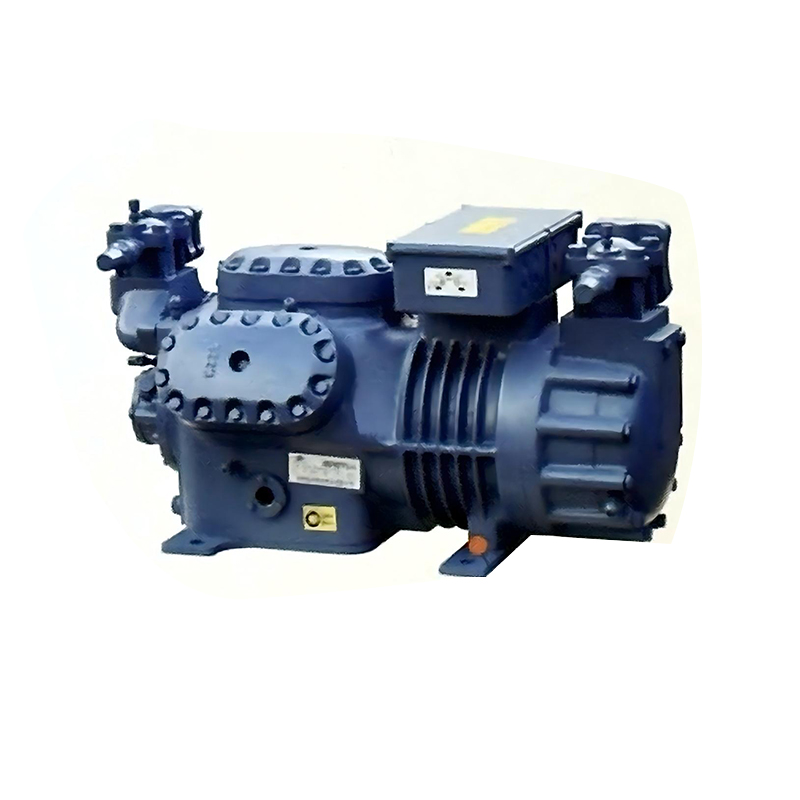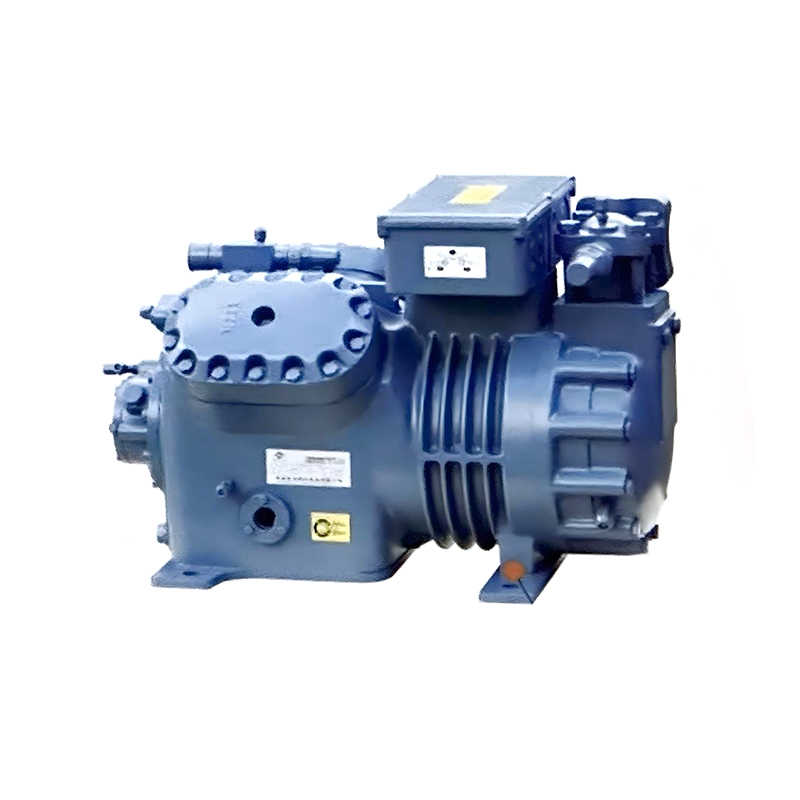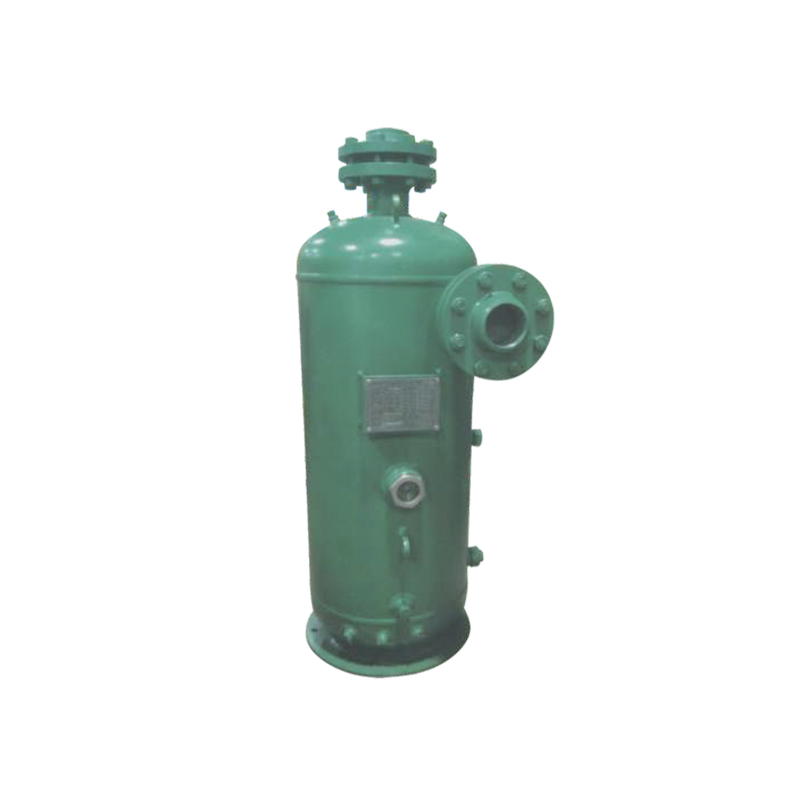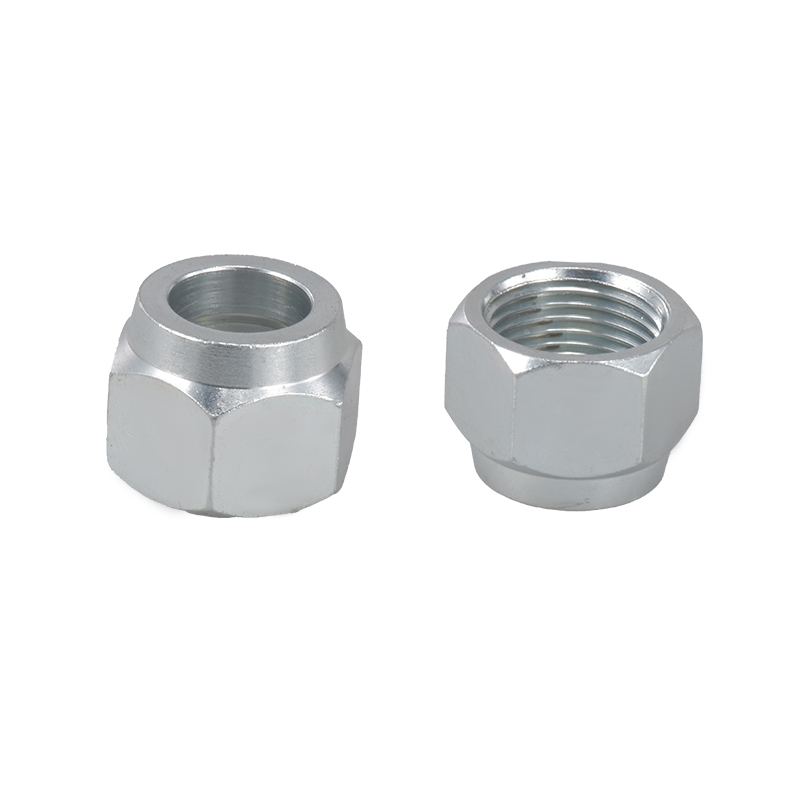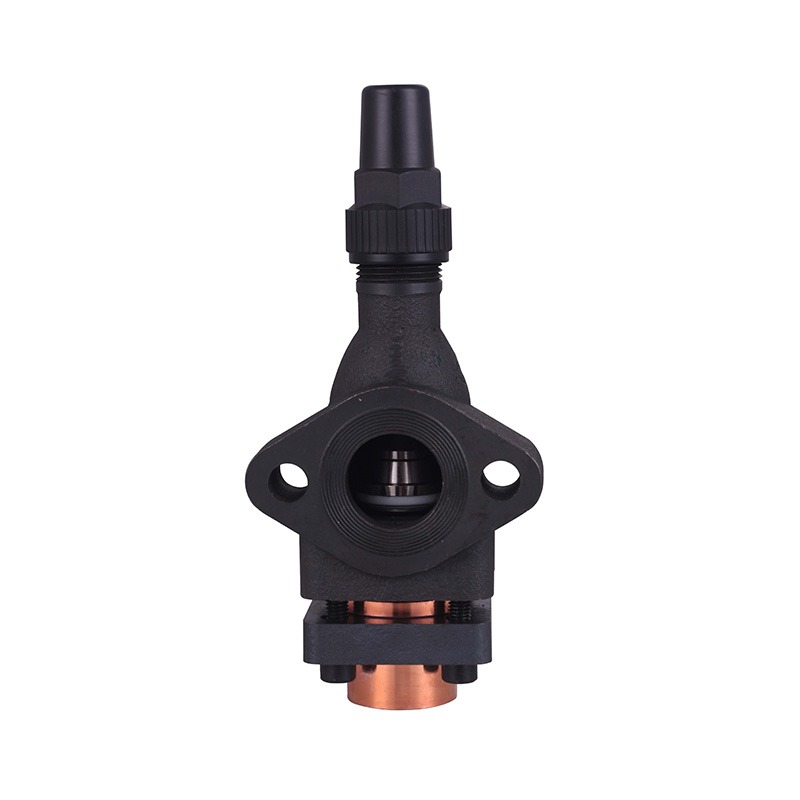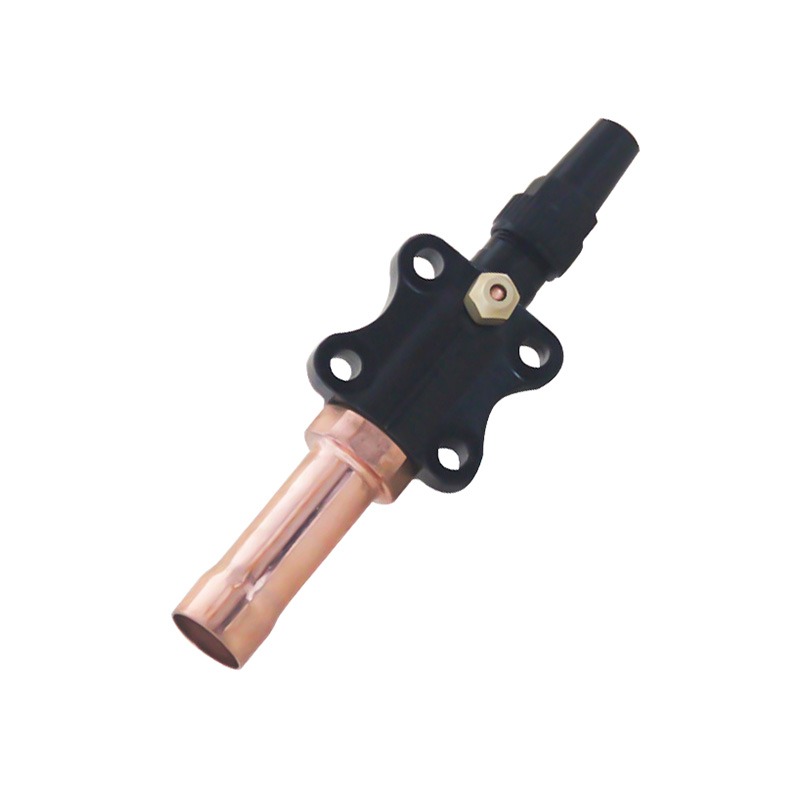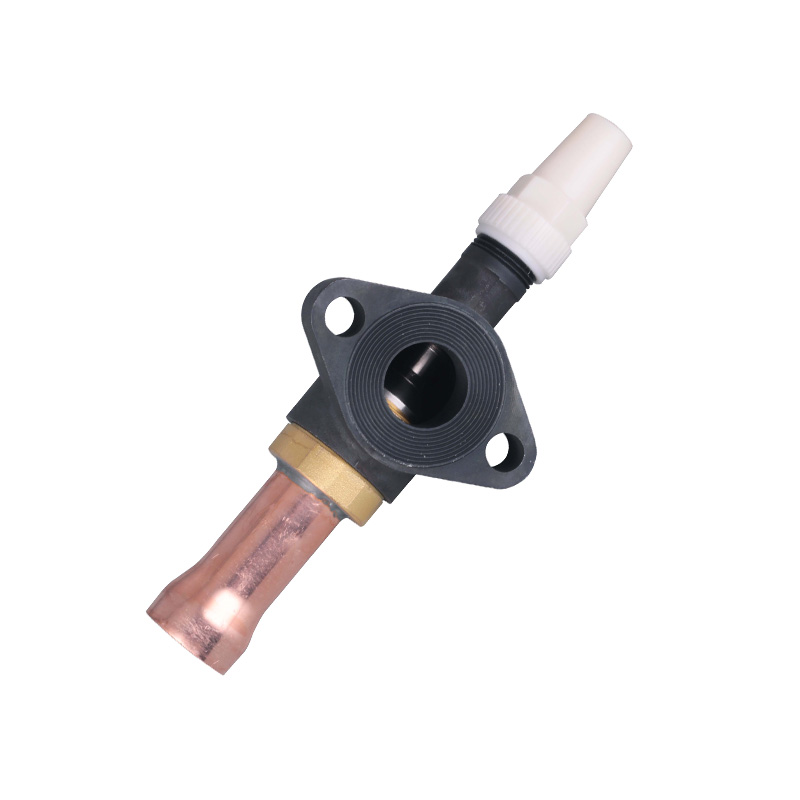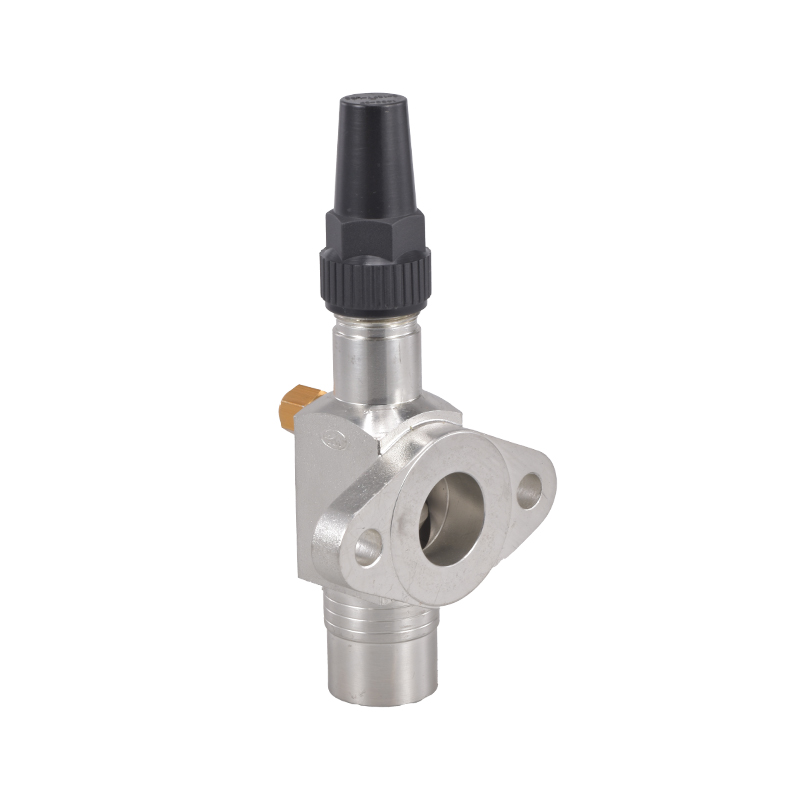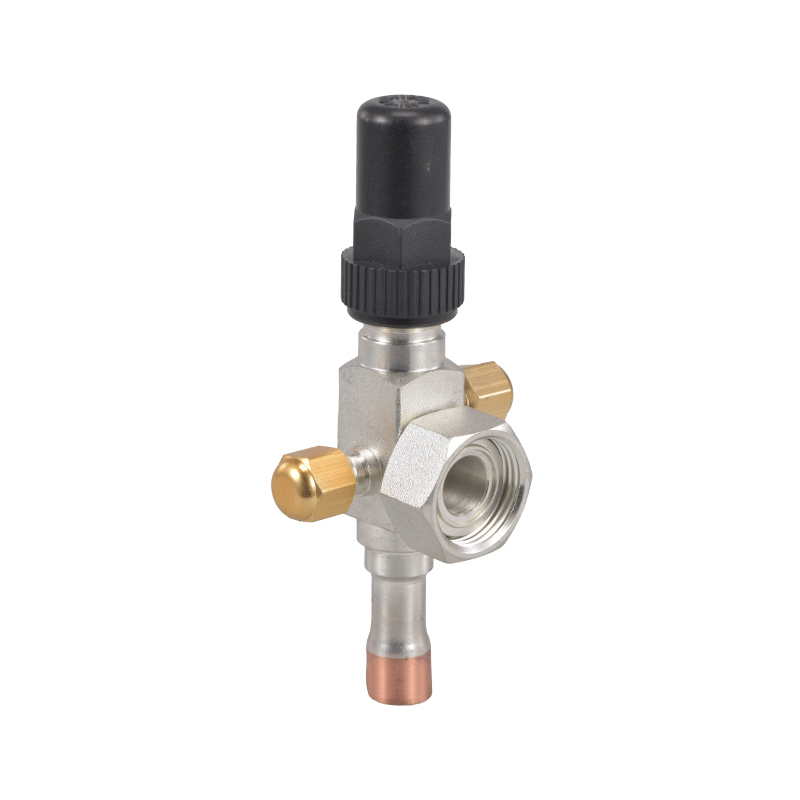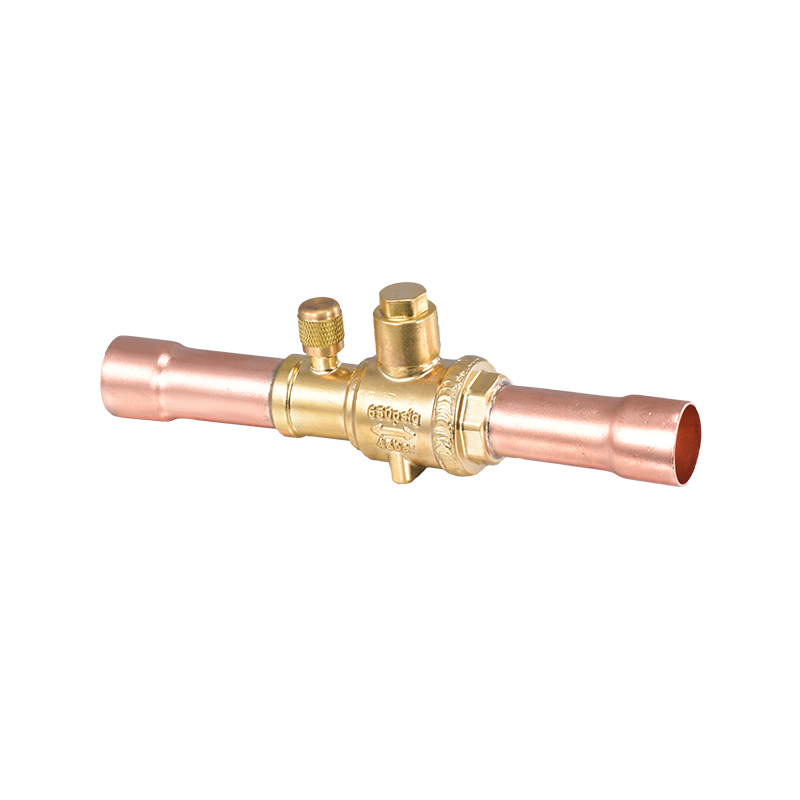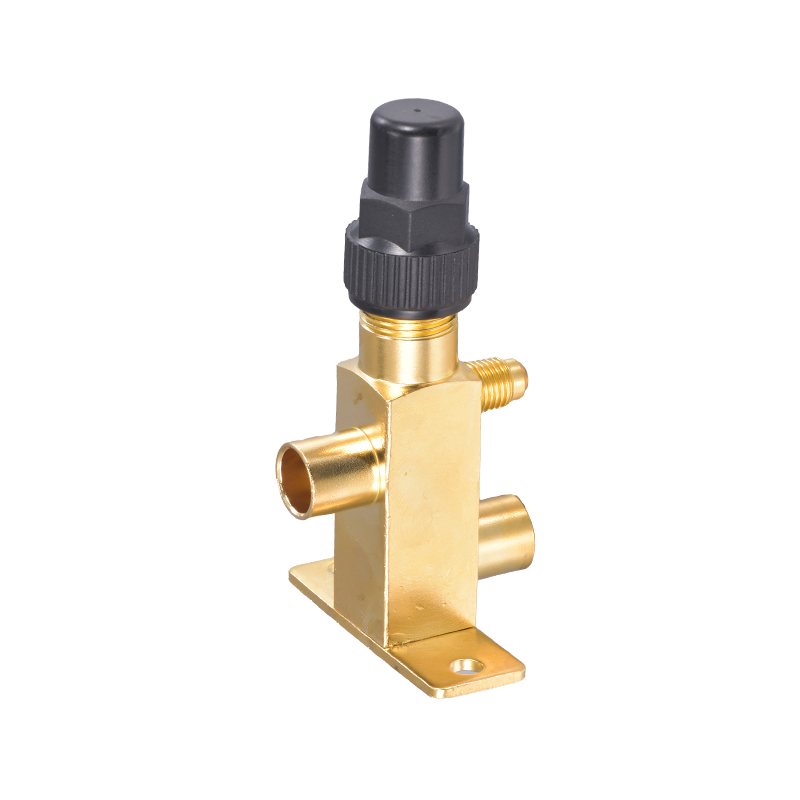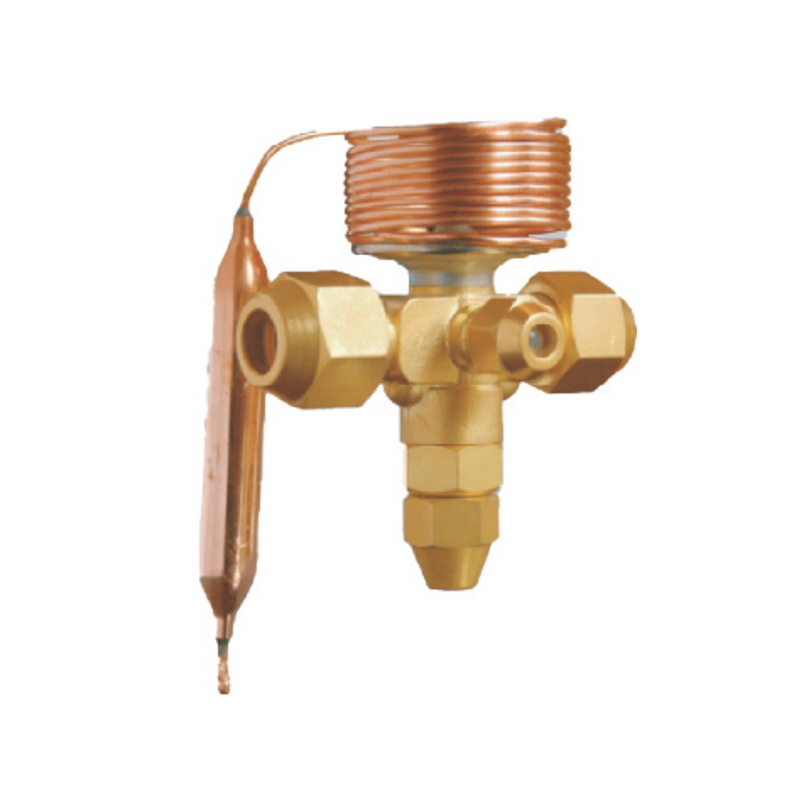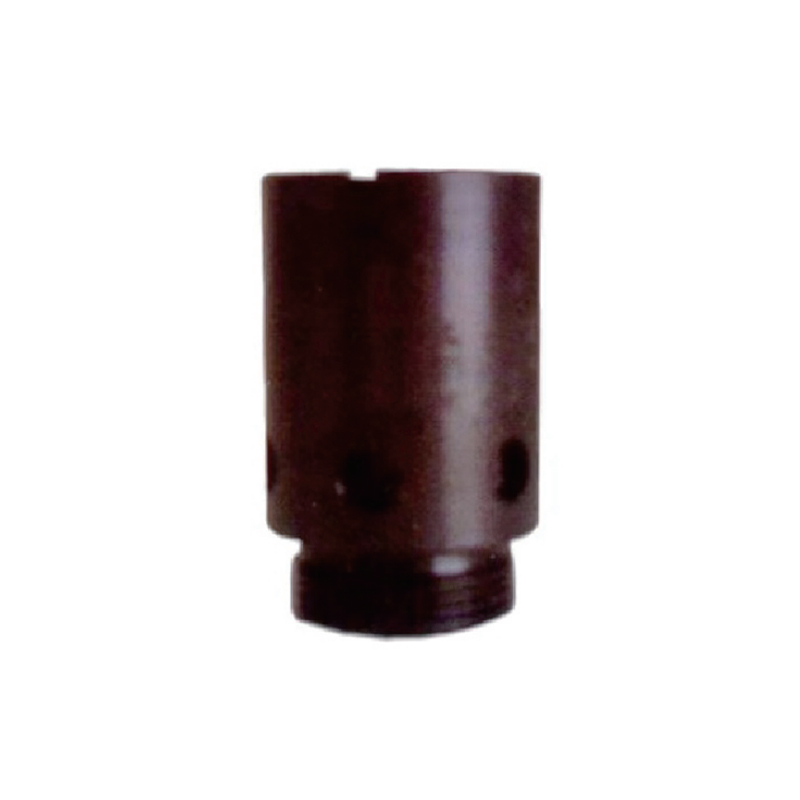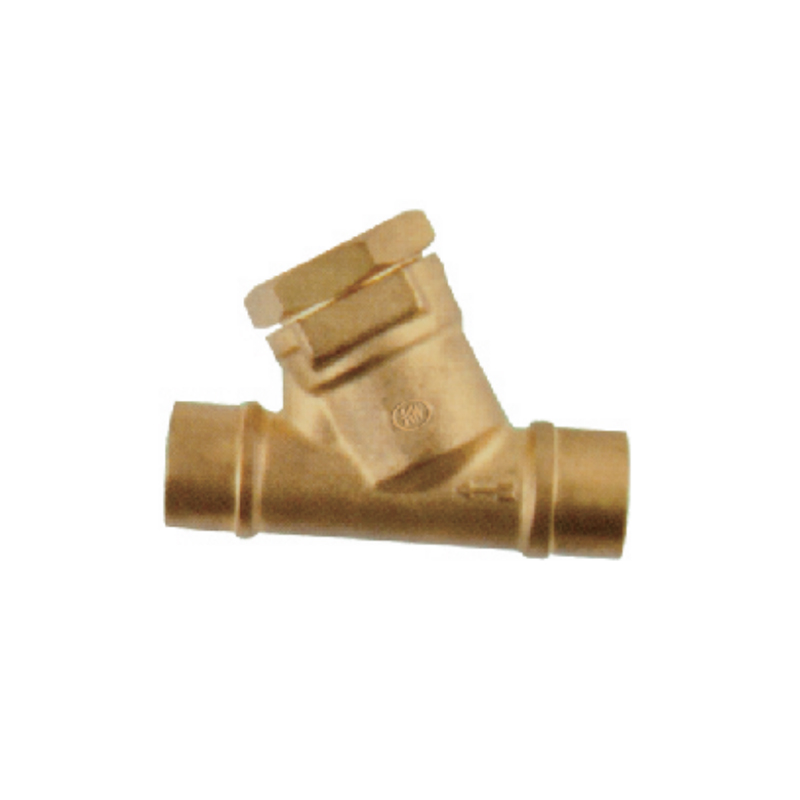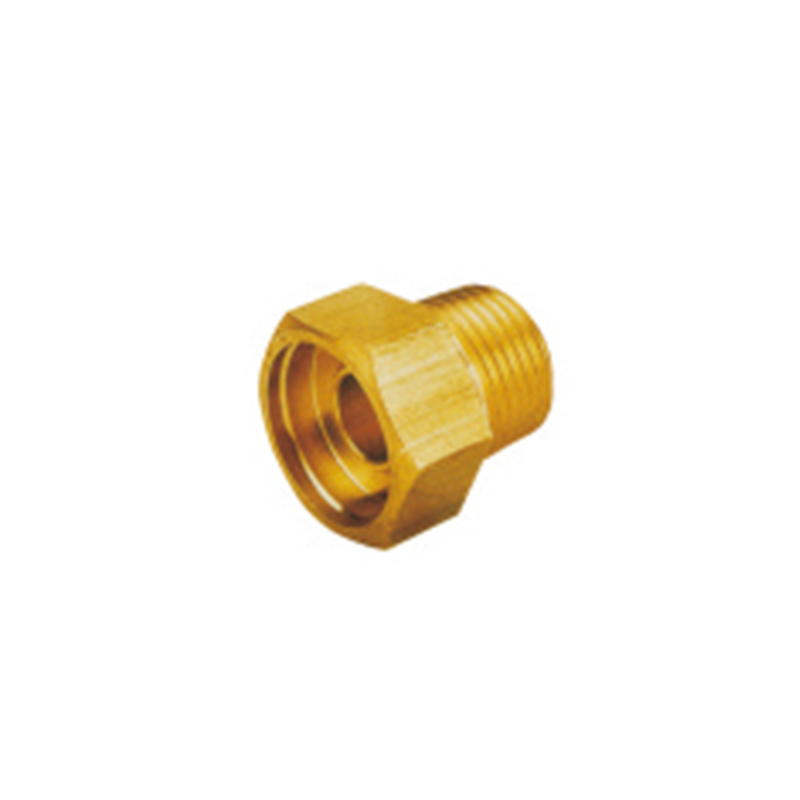Brass Refrigeration System Flare Nuts are integral components in the assembly and maintenance of refrigeration systems. These nuts are specifically designed to create secure, leak-proof connections in high-pressure environments, such as those found in HVAC (Heating, Ventilation, and Air Conditioning) and refrigeration applications. Made from brass, a durable and corrosion-resistant material, these flare nuts are prized for their strength and reliability in maintaining the integrity of refrigerant lines.
Material and Construction
Brass is chosen for the construction of flare nuts due to its good properties. It is a copper alloy that may contain other elements such as zinc, tin, lead, or aluminum. The brass used in refrigeration system flare nuts is typically yellow brass, which is a combination of copper and zinc. This material is known for its high strength, good machinability, and resistance to corrosion, which is critical in refrigeration systems where the risk of refrigerant leaks can be costly and environmentally damaging.
Function and Application
The primary function of a brass flare nut in a refrigeration system is to provide a secure connection between two flare-fitted components. This is typically achieved by threading the flare nut onto a flare fitting, which is then pressed against a matching flare on a tube or pipe. When the nut is tightened, it compresses a soft copper or brass ring (called a flare fitting or flare seat) that deforms and creates a seal against the flare surface.
These flare nuts are used in a variety of applications within refrigeration systems, including but not limited to:
1.Connecting refrigerant lines to compressors, condensers, evaporators, and other components.
2.Joining copper tubing in refrigeration and air conditioning systems.
3. Repairing or replacing sections of refrigerant lines without the need for welding or brazing.
Advantages of Brass Flare Nuts
1.Leak-Proof Connections: The flare nut's design ensures a leak-proof connection, which is crucial for maintaining the efficiency and safety of refrigeration systems.
2.Durability: Brass is a strong material that can withstand high pressures and temperatures, making it ideal for use in refrigeration systems.
3.Corrosion Resistance: The corrosion resistance of brass helps to prolong the life of the flare nuts and the overall system.
4.Ease of Installation: Flare nuts are relatively easy to install, requiring only a wrench and a flare tool, making them a popular choice for both professionals and DIY enthusiasts.
Installation and Maintenance
1.Cleanliness: Ensure that both the flare nut and the flare fitting are clean and free of debris before assembly.
2.Flaring: The tube or pipe must be properly flared to match the flare nut's conical shape.
3.Seating: The flare nut should be seated correctly on the flare fitting, with the flare ring in place.
4.Tightening: Use a wrench to tighten the flare nut, ensuring that it is hand-tight and then applying additional torque as needed. Over-tightening can damage the flare and cause leaks.
5. Leak Checking: After installation, it is important to check for leaks using a refrigerant leak detector or by applying a soapy water solution to the connection.
Brass Refrigeration System Flare Nuts are a critical component in the safe and efficient operation of refrigeration and HVAC systems. Their strength, durability, and ease of installation make them a popular choice for professionals and homeowners alike. By ensuring secure, leak-proof connections, these flare nuts contribute to the longevity and performance of refrigeration systems, making them an indispensable part of any HVAC technician's toolkit.




 English
English русский
русский Deutsch
Deutsch
